Ontogenetic changes in the body plan of the sauropodomorph dinosaur Mussaurus patagonicus reveal shifts of locomotor stance during growth
(2019)
Journal Article
Otero, A., Cuff, A. R., Allen, V., Sumner-Rooney, L., Pol, D., & Hutchinson, J. R. (2019). Ontogenetic changes in the body plan of the sauropodomorph dinosaur Mussaurus patagonicus reveal shifts of locomotor stance during growth. https://doi.org/10.1038/s41598-019-44037-1
Ontogenetic information is crucial to understand life histories and represents a true challenge in dinosaurs due to the scarcity of growth series available. Mussaurus patagonicus was a sauropodomorph dinosaur close to the origin of Sauropoda known fr... Read More about Ontogenetic changes in the body plan of the sauropodomorph dinosaur Mussaurus patagonicus reveal shifts of locomotor stance during growth.
